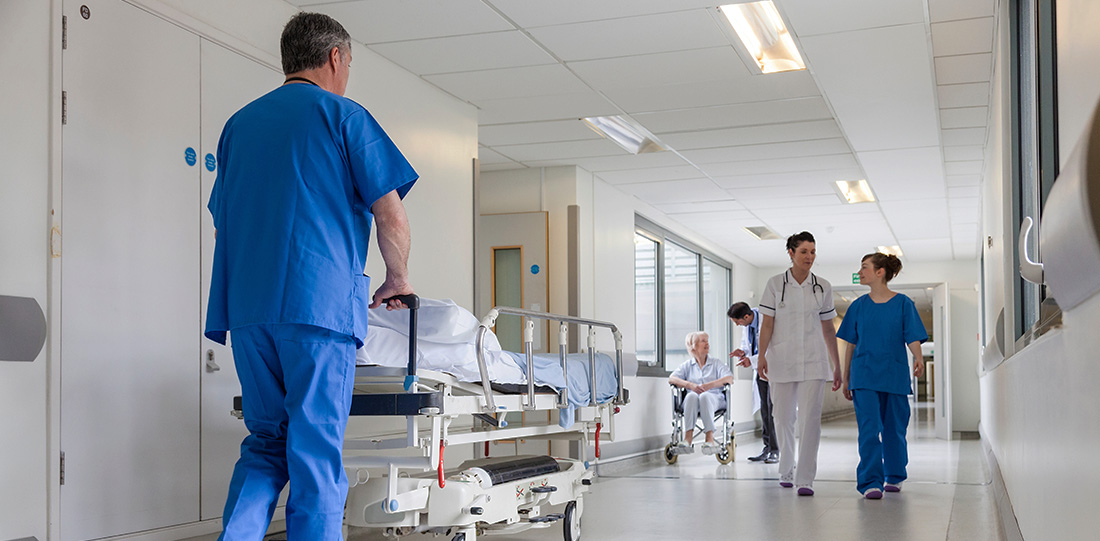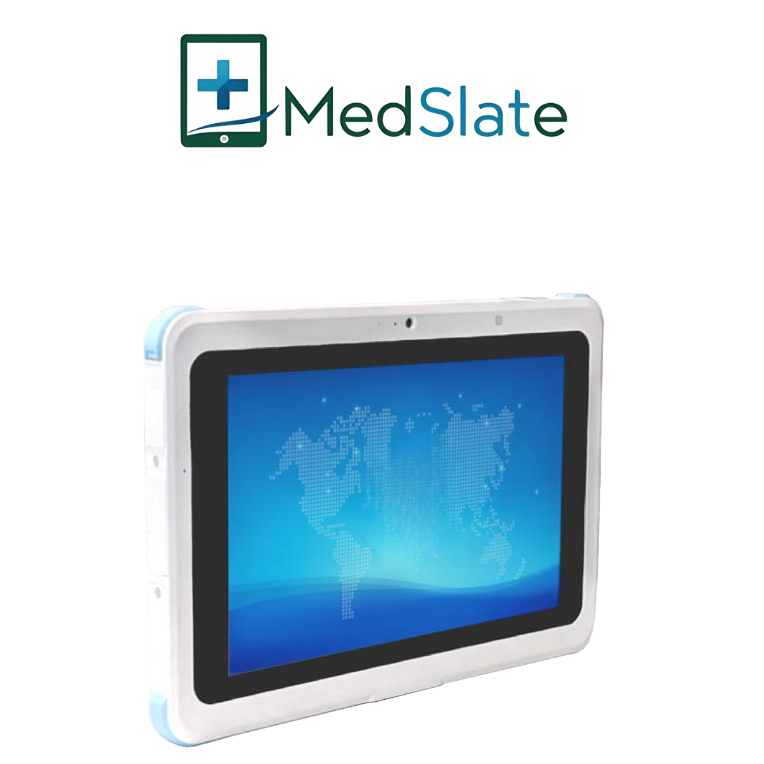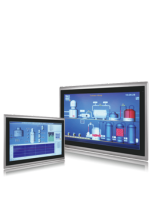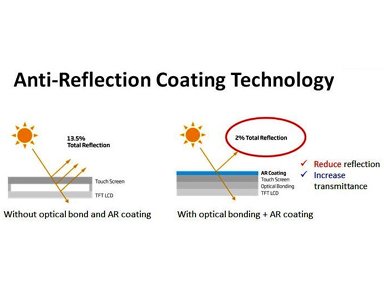
When a computer sits next to a patient, or rides a ward trolley, “good enough” is not good enough. Medical Grade Computers and designed specifically for this environment which demands devices that are hygienic, safe, always on and easy to clean. This guide explains what to look for, why certification matters, and where different device types fit in the care pathway. It also includes examples from DSL’s medical range.
Why clinical computing is different
Healthcare runs 24/7, in tight spaces and under infection-control rules. This means that a medical grade computer needs the following spec:
- Hygiene: Surfaces must withstand frequent disinfection and minimise bacterial growth. Fanless designs help by removing dust-trapping vents.
- Safety and compliance: Systems used in or near patient care areas often need medical certification. DSL supports both certified and non-certified builds depending on the application.
- Reliability: Downtime disrupts care. Long-life components and extended warranties matter. DSL offers a 5-year warranty across ranges and has 35+ years in the industry.
Medical Certification in plain English: EN/IEC 60601
Many patient-facing systems must comply with EN/IEC 60601, the family of standards for medical electrical equipment that covers electrical safety and EMC. Using non-compliant hardware where compliance is required creates liability risk.
Where certification is not mandated, hardware still needs to be suitable for hygienic, clinical use. DSL’s healthcare overview distinguishes between certified and non-certified deployments so buyers can make informed choices.
Hygiene by design
Look for:
- Antibacterial materials and sealed front panels (commonly IP65) to speed up wipe-downs and resist fluid ingress.
- Fanless cooling to reduce airflow and dust.
- ESD protection and medical-grade power adapters for safety around patients.
These are core considerations across DSL’s dedicated medical systems.
Where each computing device fits in care
Different clinical tasks call for different form factors. Here is a quick map with examples from DSL’s current lineup:
| Use case | Typical device | What to look for | Example from DSL |
|---|---|---|---|
| Mobile medical carts (rounds, meds admin) | Battery-powered panel PC | Hot-swappable batteries, bedside light bar, IP-rated front, antimicrobial enclosure, NFC/RFID for staff or patient ID | CareCharge: 23.8″ FHD, supports two hot-swappable 6800 mAh batteries, medical LED reading light bar, built-in NFC/RFID, front IP65, certified UL60601-1. |
| Bedside infotainment / nurse call | Android bedside terminal | Fanless design, antibacterial plastics, IP-sealed front, handset support, NFC/RFID and camera for comms/ authentication | CarePress: fanless, antibacterial plastics, IP65 front, handset support, NFC/RFID and front camera for data capture and video. |
| Nursing workstations, surgical displays, queuing | Medical-grade panel PC (Windows/Linux) | IEC 60601 certification, antibacterial materials, medical power adapter, robust I/O with easy access | PulsePanel: IEC 60601 certified, antibacterial materials, medical power adapter, ESD protection, magnetic I/O cover; 15.6″ and 21.5″ options. |
| Community visits, ward rounds, phlebotomy | Rugged medical tablet | Drop resistance, IP rating, antibacterial coating, smart-card/barcode/NFC modules, docking | MedSlate: IP54, drop resistant, antibacterial coating, optional barcode, smart card, WWAN and dock. IEC 60601 listed among certifications. |
Key specs that actually matter
1.Standards and power
- Check EN/IEC 60601 certification where required.
- Prefer medical-grade power adapters and ESD protection around patients.
2.Cleanability and materials
- Antibacterial enclosures and flush, sealed fronts (for example IP65) resist fluids and speed sanitising.
3.Thermals and uptime
- Fanless builds reduce maintenance and contamination risk.
- For carts, hot-swappable batteries avoid downtime between shifts.
4.I/O and peripherals
- Look for NFC/RFID, barcode, smart card, cameras and flexible ports. Features such as a magnetic I/O cover improve serviceability.

5.Form factor and mounting
- VESA or panel mounts for walls, arms or carts. Compact tablets for mobility, plus docking where needed.
6.Lifecycle and support
- Healthcare kit should be available and supported for years, not months. DSL backs ranges with a 5-year warranty and has 35+ years delivering industrial and medical computing.
Example Medical Computing Configurations
- Bedside terminal with nurse call: CarePress 21.5″ with handset, NFC login and front camera for teleconsults. Antibacterial plastics with IP65 front for fast wipe-downs.
- Mobile cart for e-Obs and meds: CareCharge 23.8″ with hot-swap batteries for round-the-clock use, bedside light bar for night rounds and optional privacy screen.
- Treatment-room workstation: PulsePanel 15.6″ or 21.5″ with IEC 60601 certification, medical PSU and ESD protection.
- Community nursing: MedSlate tablet with WWAN, smart card and docking.
Buyer’s checklist (copy and paste for your spec)
- Do we need EN/IEC 60601 certification for this location and use?
- Required infection-control features: antibacterial materials, IP-sealed front, fanless cooling.
- Power model: hot-swappable batteries or fixed. Medical-grade PSU required.
- Identity and data capture: NFC/RFID, barcode, smart card, camera.
- Mounting: VESA or panel, arm or trolley. Docking for tablets.
- Lifecycle and support: warranty term, longevity, vendor track record. DSL offers a 5-year warranty and has more than 35 years of experience.
Why DSL
Alongside medical-focused products, DSL operates an ISO 9001 accredited quality system and maintains environmental programmes across supply chain and waste streams. That is useful reassurance for hospital procurement teams.
- Talk to a product specialist about your environment (ward, ICU, theatre, community) and regulation needs.
- Request a quote with your preferred screen size, power model and peripherals.




